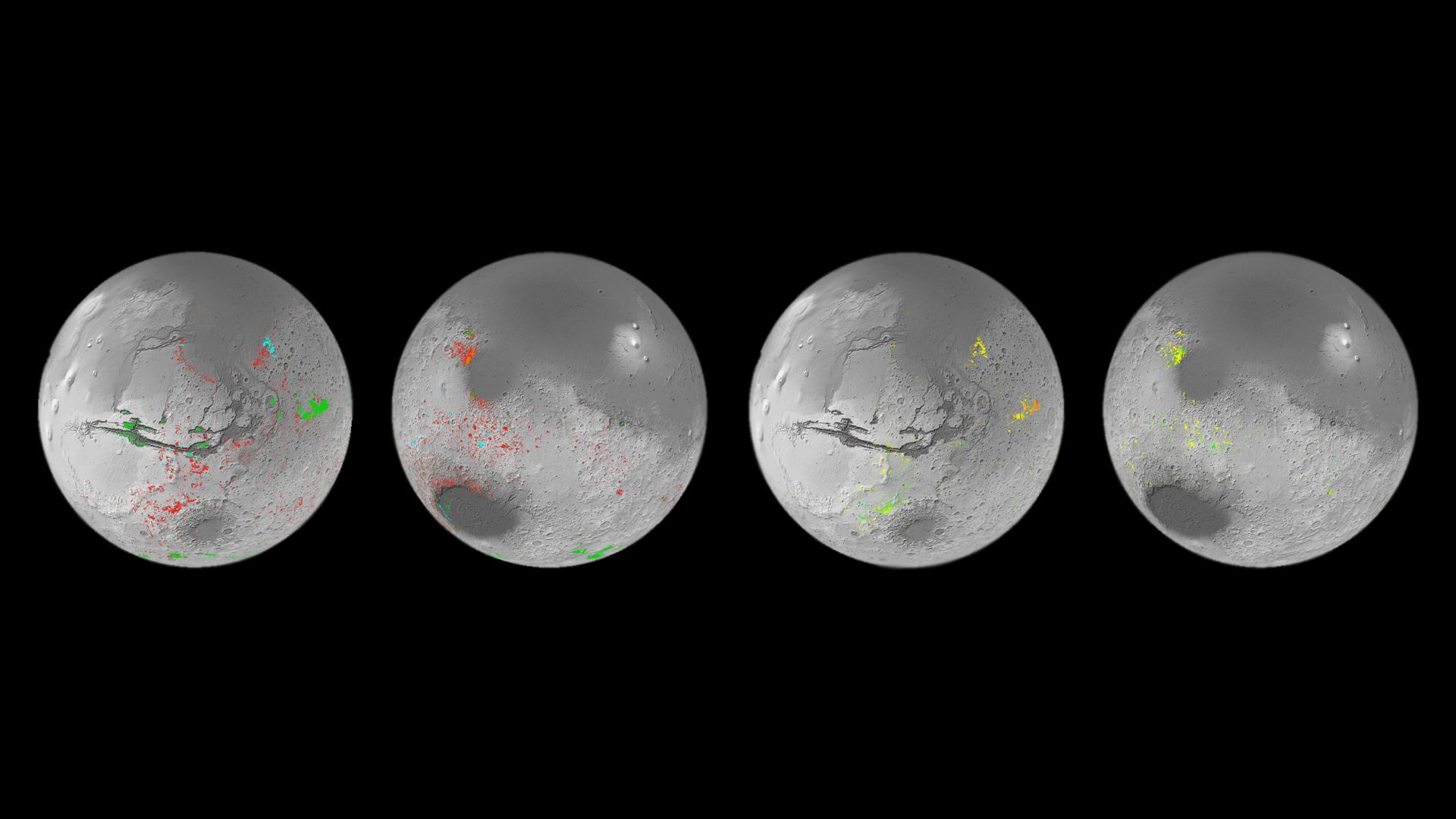According to the ESA’s Near-Earth Objects Coordination Center (NEOCC), 35,264 known asteroids regularly cross the orbit of Earth and the other inner planets. Of these, 1,626 have been identified as Potentially Hazardous Asteroids (PHAs), meaning that they may someday pass close enough to Earth to be caught by its gravity and impact its surface. While planetary defense has always been a concern, the comet Shoemaker-Levy 9 slamming into Jupiter in 1994 sparked intense interest in this field.
In 2022, NASA’s Double-Asteroid Redirect Test (DART) mission successfully tested the kinetic impact method when it collided with Dimorphos, the small asteroid orbiting Didymos. Today, the ESA Space Safety program is taking steps to test the next planetary defense mission – the Rapid Apophis Missin for Space Safety (RAMSES). In 2029, RAMSES will rendezvous with the Near Earth Asteroid (NEA) 99942 Apophis and accompany it as it makes a very close (but safe) flyby of Earth in 2029. The data it collects will help scientists improve our ability to protect Earth from similar objects that could pose an impact risk.
Continue reading “ESA is Building a Mission to Visit Asteroid Apophis, Joining it for its 2029 Earth Flyby”









